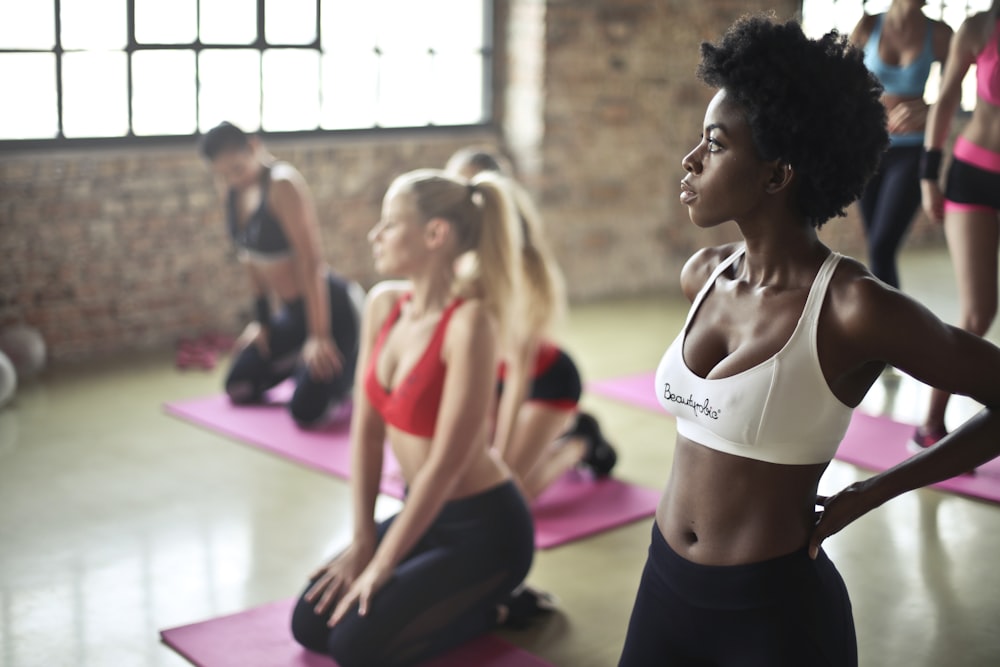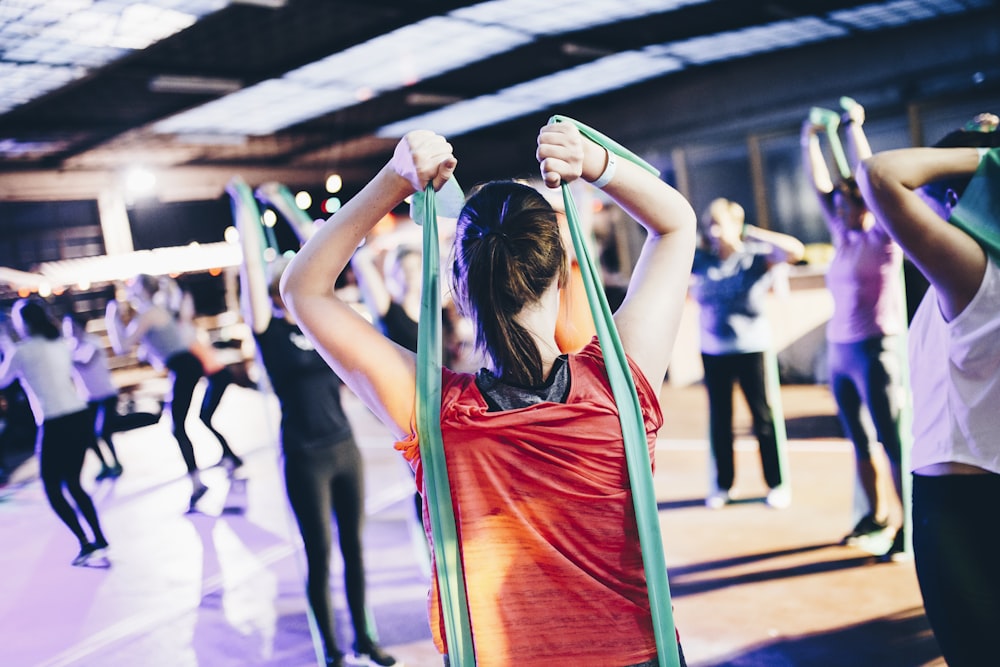Fit and Fabulous Essential Fitness Tips for Everyone
Unleash Your Fitness Potential with Essential Tips
Understanding the Importance of Fitness
Fitness isn’t just about looking good – it’s about feeling good and living your best life. From improving your physical health to boosting your mood and mental well-being, regular exercise and physical activity offer a myriad of benefits. But where do you start? How do you ensure that your fitness journey is effective, enjoyable, and sustainable? That’s where these essential fitness tips come in.
Setting Realistic Goals
Setting realistic fitness goals is the first step towards success. Whether you want to lose weight, build muscle, improve your endurance, or simply lead a healthier lifestyle, having clear and achievable goals will help keep you motivated and focused. Start by setting specific, measurable goals, and break them down into smaller, manageable steps. Celebrate your progress along the way, and don’t be afraid to adjust your goals as needed.
Find Activities You Enjoy
Fitness should be fun, not a chore. Find activities and exercises that you genuinely enjoy, whether it’s running, swimming, dancing, cycling, or playing sports. Experiment with different workouts and classes until you find what works best for you. Not only will you be more likely to stick with your fitness routine, but you’ll also look forward to your workouts and reap the mental and emotional benefits of exercise.
Mix Up Your Workouts
Variety is the spice of life – and the key to a well-rounded fitness routine. Mix up your workouts to prevent boredom, challenge your muscles in new ways, and avoid hitting a plateau. Incorporate a mix of cardiovascular exercises, strength training, flexibility exercises, and balance and coordination drills into your routine. Try new activities and classes to keep things interesting and continually challenge your body.
Prioritize Consistency
Consistency is key when it comes to seeing results from your fitness efforts. Make exercise a regular part of your routine by scheduling it into your day like any other appointment. Aim for at least 150 minutes of moderate-intensity exercise or 75 minutes of vigorous-intensity exercise each week, along with strength training exercises at least two days a week. Remember, even short bursts of activity add up over time, so every little bit counts.
Listen to Your Body
Listening to your body is essential for preventing injury and avoiding burnout. Pay attention to how you feel during and after your workouts, and adjust your intensity or duration accordingly. If you’re feeling tired or sore, take a rest day or opt for a lower-intensity workout like walking or yoga. Pushing through pain or fatigue can lead to overtraining and setbacks, so prioritize rest and recovery as much as you do exercise.
Fuel Your Body Properly
Proper nutrition is fuel for your workouts and essential for supporting your overall health and fitness goals. Make sure you’re fueling your body with a balanced diet rich in fruits, vegetables, lean proteins, whole grains, and healthy fats. Stay hydrated by drinking plenty of water throughout the day, especially before, during, and after exercise. Consider














